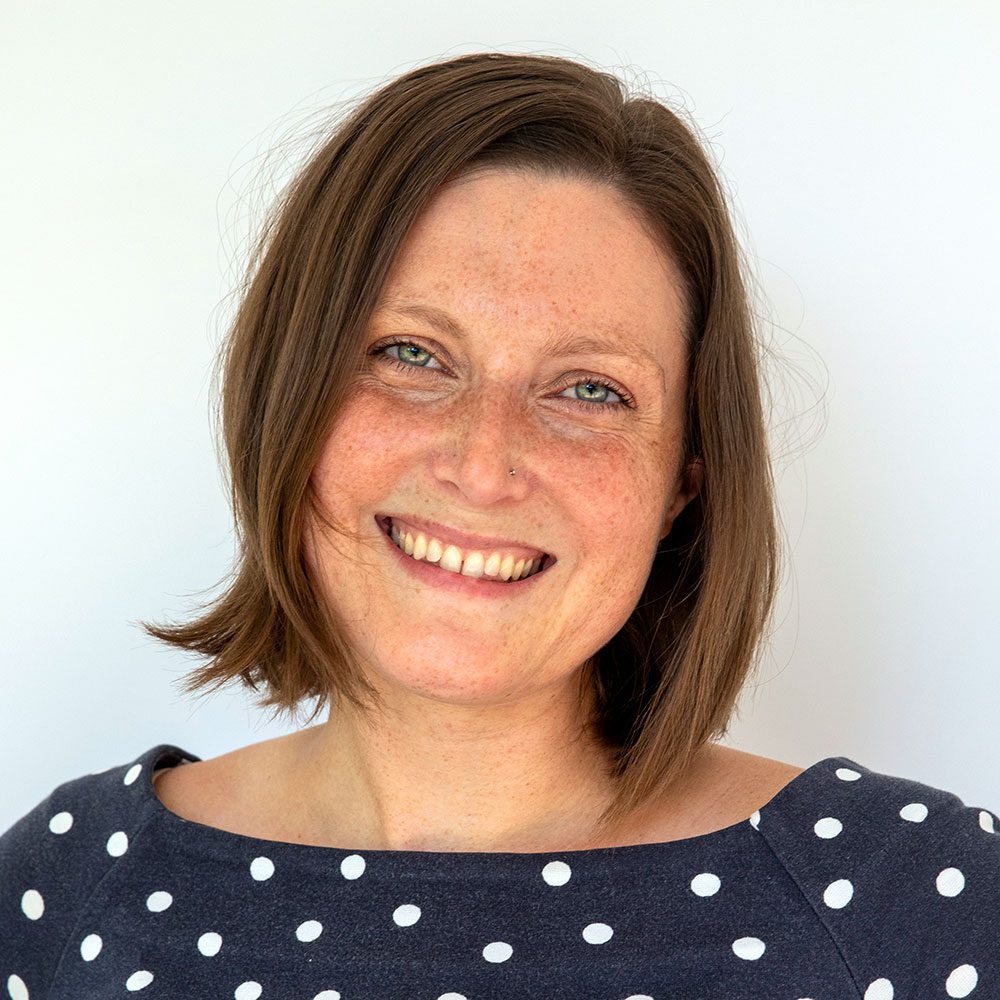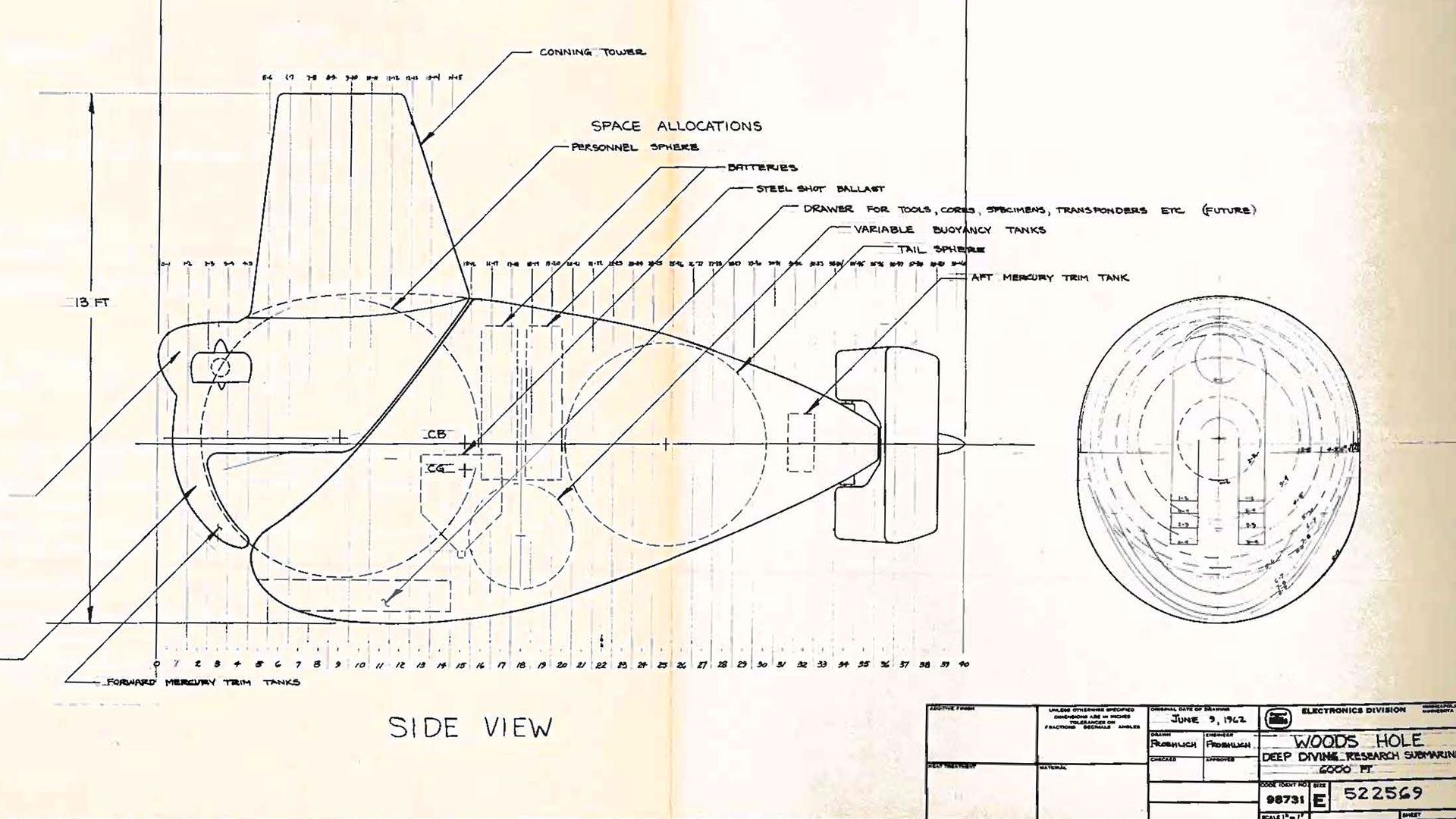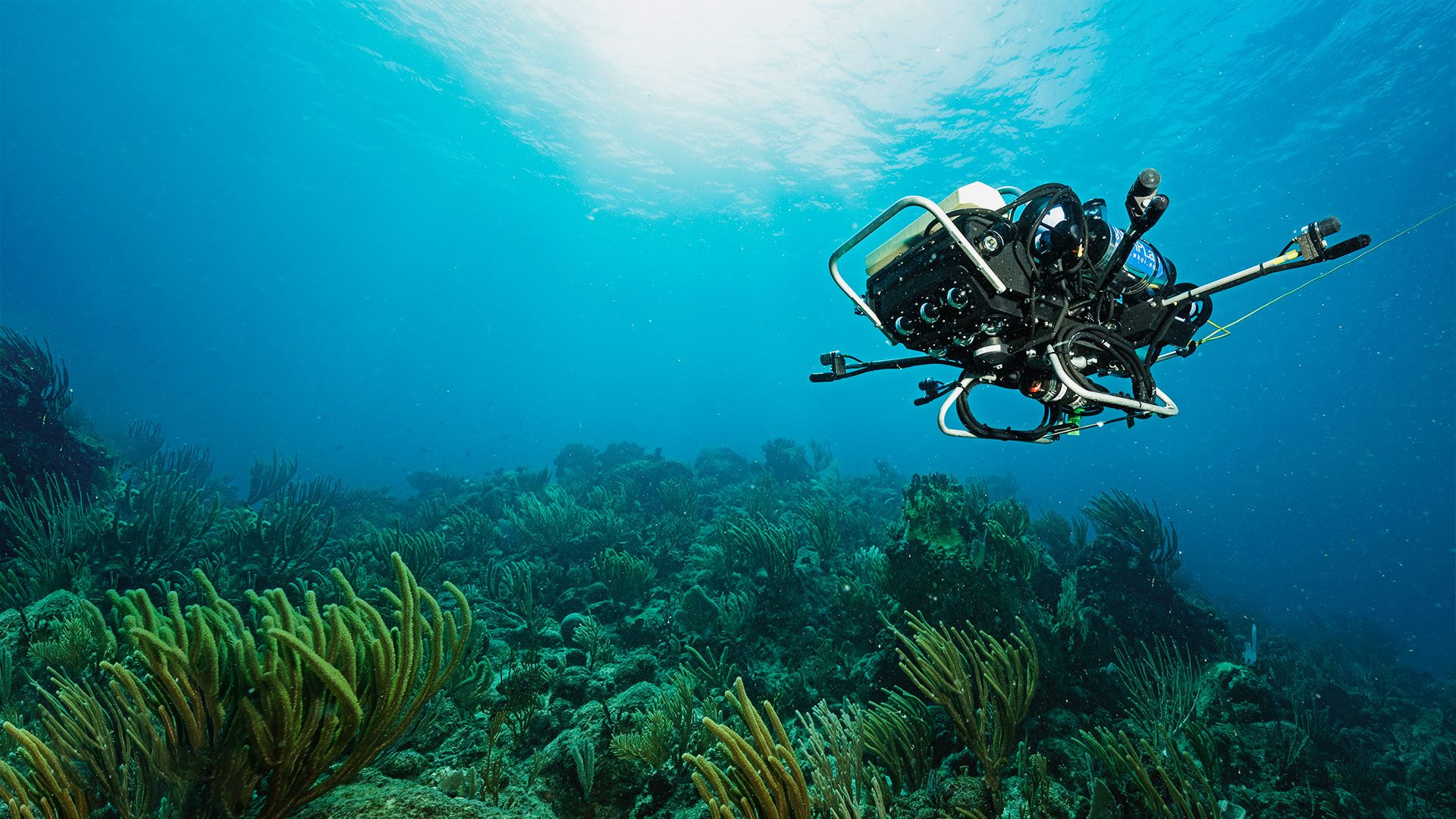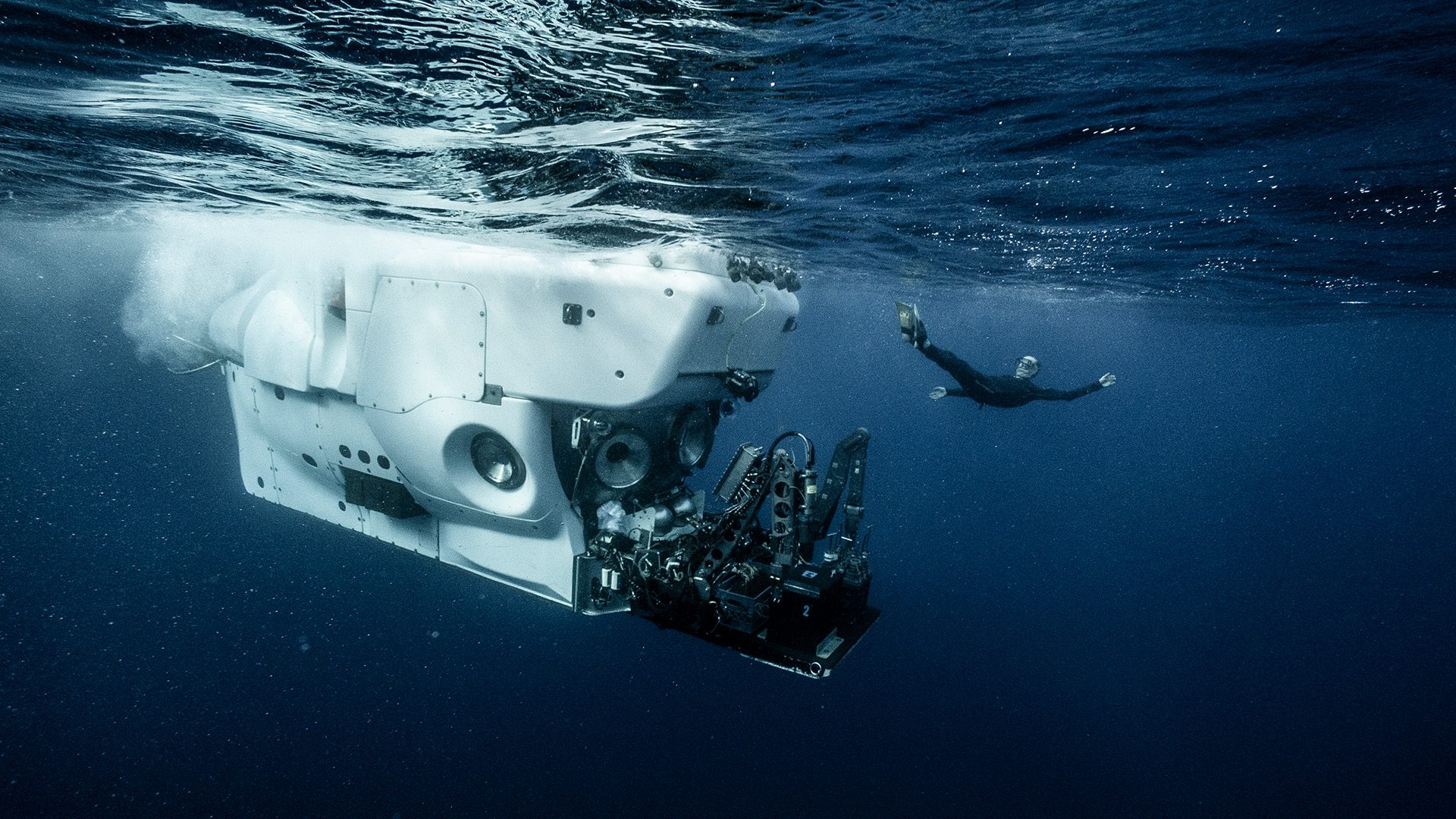Meet the Alvin 6500 Team: Lisa Smith
Alvin certification coordinator on a dream that was decades in the making
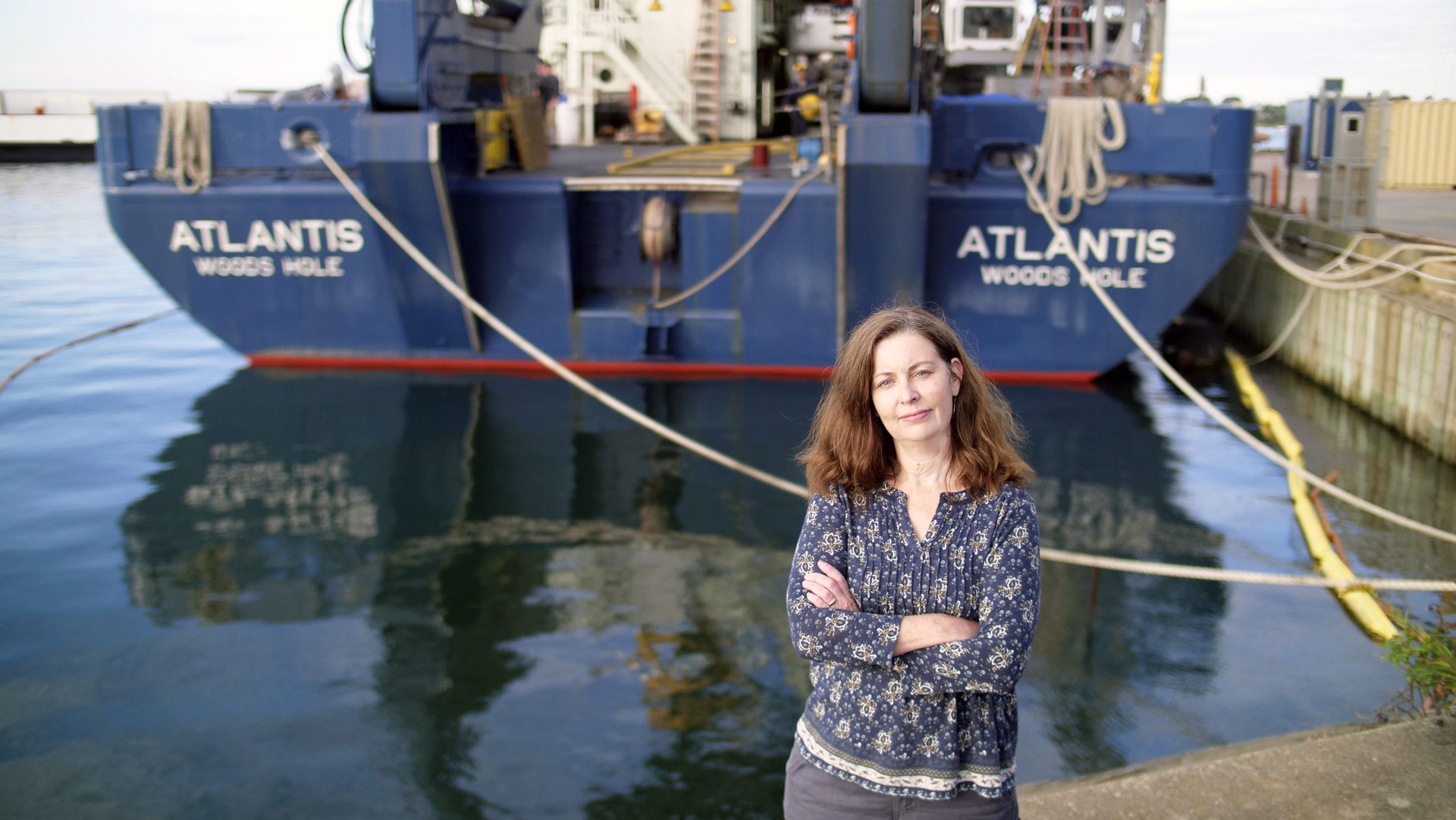
Estimated reading time: 4 minutes
Lisa Smith joined the Alvin Group during the last overhaul as an administrative assistant. Over the last decade, that role has grown into leading the Navy certification of Human Occupied Vehicle Alvin—a certification that is essential for its upcoming 6,500-meter depth rating. We caught up with Lisa in spring 2021, while Alvin was starting to be reassembled.
Oceanus: With the approach of Alvin’s first 6500-meter dive, we’re hearing a lot about the sub’s certification. What does this involve?
Lisa: Alvin is owned by the Office of Naval Research and they delegate certification to the Navy Sea Systems Command or NAVSEA. We can only dive based on the certification we receive from NAVSEA.
We get a letter that details what we need to do to maintain certification and that defines a scope of certification boundary—those items we consider critical, ones that don't have any redundancy or their failure would cause loss of life, injury, damage to the vehicle, or even simply loss of a mission. A really good example of that is life support. The sub’s life support system has a lot of redundancy built in, but if any part fails it’s a big deal.
There are also a lot of other things we have to do in terms of training and maintenance. This certification is really comprehensive and touches every aspect of the vehicle and how we interact with it.
The Navy also surveys and audits us. We have a survey every other year and an audit every other year. Usually, a group of six to eight people come for a week and literally go through every single thing that we've done in the last two years.
Oceanus: One thing that I hear when I talk to members of the Alvin Group is that their job is a creative one. How does that creativity flourish within with these standards of safety?
Lisa: One thing that enables creativity for engineers and the capabilities of this sub is that when we start redesigning anything, we have a clear understanding of what requirements we need to meet by NAVSEA.
A lot of times we will have conversations with them long before submitting documentation and say “Okay, this is what we're thinking.” We’ll send a draft and have them read ahead and get a lot of their input. They want us to be innovative and succeed.
Within the Navy, the Alvin Program is very unique. There is no one else like us. We have one of the deepest diving sub's in the Navy. And how we do things, and why we do things specifically for science, is completely unique. NAVSEA is really good at supporting the work we are doing.
Oceanus: In terms of the present overhaul—getting Alvin ready to dive to 6,500 meters—how are the Alvin Group and NAVSEA working together?
Lisa: For the operations team, it’s a lot of paperwork. Every time they go in to work on something that falls within the scope of certification boundary, they have to create an inspection record that details what the work is, how we’re going to do it, and the procedure has to be approved by NAVSEA. There is just so much that goes into doing something really simple. But the team is really on board and they are committed to doing the paperwork the right way and following the process.
NAVSEA definitely wants us to succeed. Everything that we’re required to do is because people died or vehicles got damaged or there was a mishap. The Navy has built a lot of subs. Most of the requirements are based on lessons-learned throughout the deep submergence community.
Oceanus: What are you most looking forward to when the overhaul is over?
Lisa: When we get that 6500-meter certification, it will be something that has been over 20 years in the making. Somebody dreamed about reaching that goal over 20 years ago and most of those people aren’t part of this program anymore. There are only two or three people who were here at that time. And we get to carry that torch all the way to the finish line. It's pretty amazing and it’s humbling.
We’re working on something that is huge not just for WHOI but for the United States. There are other countries that have subs that can dive to 6,500 meters and now we will too.
Human-occupied vehicle Alvin just completed the final phase of an overhaul that will enable the sub to travel 6,500 meters below the sea surface—more than 4 miles deep and 2,000 meters deeper than Alvin’s current maximum depth. Alvin is owned by the U.S. Navy, operated by the National Deep Submergence Facility at WHOI, and funded by the National Science Foundation, the Office of Naval Research, and the National Oceanic and Atmospheric Administration. Operations are coordinated through the University-National Oceanographic Laboratory System.

